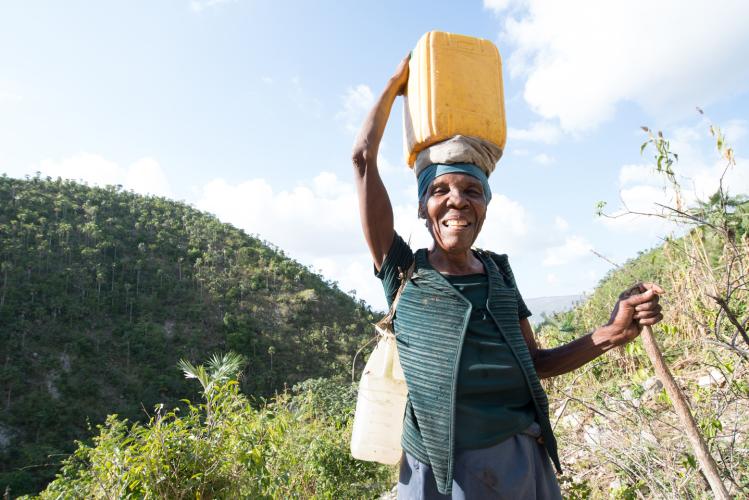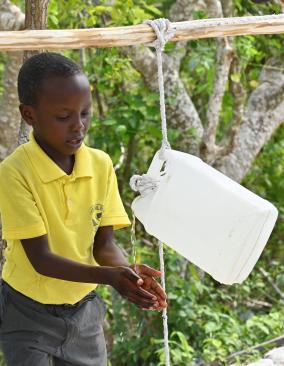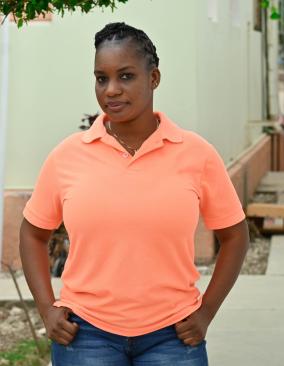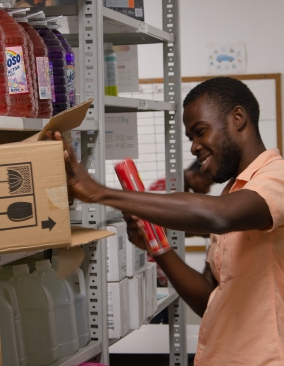HEI/SBH’s water, sanitation & hygiene (WASH) activities fall into two primary categories. First, we ensure that SBH has a reliable supply of safe, clean water for drinking, washing, and cleaning. Second, we work in the communities surrounding Fond des Blancs to provide water treatment tablets and education to help prevent cholera and other waterborne diseases.

Clean, safe water helps whole communities stay healthy.
Hospital Water
SBH’s main water source is the Dugue spring, located approximately three miles from the hospital. In order to keep the hospital’s cisterns full, a team of workers from the hospital’s maintenance crew used to have to fill tanks on the back of a truck bucket-by-bucket, drive them to the hospital, and unload them into the cisterns bucket-by-bucket.
In the summer of 2016, our partners at Build Health International, with funding from Food for the Poor and the Kellogg Foundation, installed a direct water line from the Dugue spring to the hospital. The line now allows us to fill the hospital’s cisterns directly. We also received a grant to purchase a new, modern water truck that can carry 3,000 gallons of water. The water truck serves as an efficient backup for times when the direct line cannot be run and to fill secondary cisterns on the hospital’s campus.
WASH Trainings, Community Health, and Water Treatment
Our community health team provides WASH education in all of the communities we serve. The team also distributes water treatment tablets in communities with a history of disease outbreaks. After teaching community members how to properly use the tablets, the team provides education on how to avoid the spread of disease in the future. For example, reducing the number of uncovered containers of still water in a community can help prevent the spread of malaria-carrying mosquitoes. Thanks in part to our WASH efforts, we have not seen an instance of cholera at the hospital for more than 12 months. However, water-borne diarrheal diseases and the possibility of future cholera outbreaks remain a concern. As a result, our community health team continues to actively monitor for waterborne diseases and distribute water treatment supplies to the people they serve.



